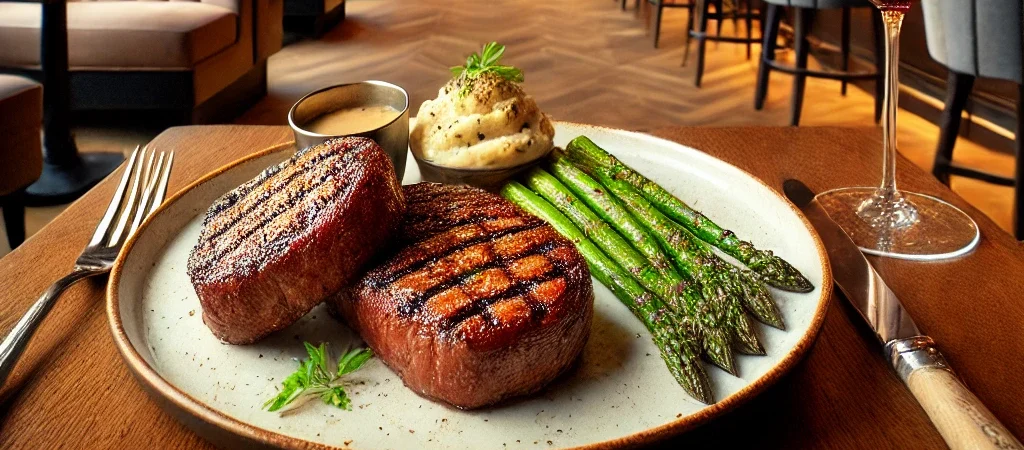Latin cuisine is rich in flavors, colors, and traditions. Seasonings and sauces play a crucial role in creating these distinctive tastes. If you want to explore Latin cooking, understanding these ingredients is essential. This guide will help you navigate the world of Latin seasonings and sauces, making your culinary journey exciting and delicious.
Understanding Latin Seasonings
Latin seasonings vary by region but share common elements. Common ingredients include herbs, spices, and aromatics. Each adds a unique flavor profile to dishes.
One of the most popular herbs is cilantro. This bright green herb is used in many Latin dishes. It adds freshness to salsas and tacos. Another staple is oregano, particularly Mexican oregano. It has a robust flavor and is often used in sauces, marinades, and stews.
Garlic is another essential ingredient. It enhances the flavor of many dishes. From marinades to sauces, garlic brings depth to Latin cooking. Onions also play a vital role. They are used as a base in many recipes, adding sweetness and complexity.
The Power of Spices
Spices elevate Latin cuisine. They bring warmth and heat. Cumin is one such spice. It has a nutty, earthy flavor and is frequently found in tacos, beans, and chili.
Chili powder adds heat and flavor. It is a blend of dried chilies and spices. Different regions use various chili powders, each offering a unique flavor. For a more intense heat, try cayenne pepper or jalapeño powder.
Another popular spice is paprika, known for its smoky flavor. It is often used in dishes like paella or as a garnish. Adding spices is an easy way to enhance your dishes.
Sauces that Make a Difference
Sauces are integral to Latin cooking. They bring together flavors and add moisture. One of the most famous sauces is salsa. There are many variations, from mild tomato-based salsas to fiery salsa verde made with tomatillos.
Chimichurri is another popular sauce. Originating in Argentina, it combines parsley, garlic, vinegar, and oil. This versatile sauce is perfect for grilled meats and vegetables.
Mole is a complex sauce often associated with Mexican cuisine. It contains various ingredients, including chilies, chocolate, and nuts. Each mole recipe is unique, reflecting regional flavors.
Making Your Own Latin Seasonings and Sauces
Creating your own seasonings and sauces allows for customization. Start with basic herbs and spices. Combine them to match your taste preferences. For example, mix cumin, paprika, and garlic powder for a versatile seasoning blend.
For sauces, experiment with fresh ingredients. Blend tomatoes, onions, cilantro, and lime juice for a fresh salsa. Adjust the heat by adding jalapeños or other peppers.
Incorporating Latin Flavors into Your Cooking
Integrating Latin seasonings and sauces into your cooking is simple. Start by seasoning meats before grilling or roasting. Use spices in marinades to infuse flavor.
Don’t forget about vegetables! Sprinkle spices on roasted or sautéed vegetables for an extra kick. Use salsas and sauces as toppings for tacos, burritos, or grilled meats.
Additionally, try adding a dollop of chimichurri to pasta or pizza for a unique twist. The versatility of Latin flavors makes them perfect for any dish.
Final Thoughts on Latin Seasonings and Sauces
Understanding Latin seasonings and sauces opens up a world of flavor. From the brightness of cilantro to the warmth of cumin, these ingredients enhance every meal. Explore your local calgary latin market to find these essential ingredients. Embrace the flavors of Latin cuisine and spice up your life today!



